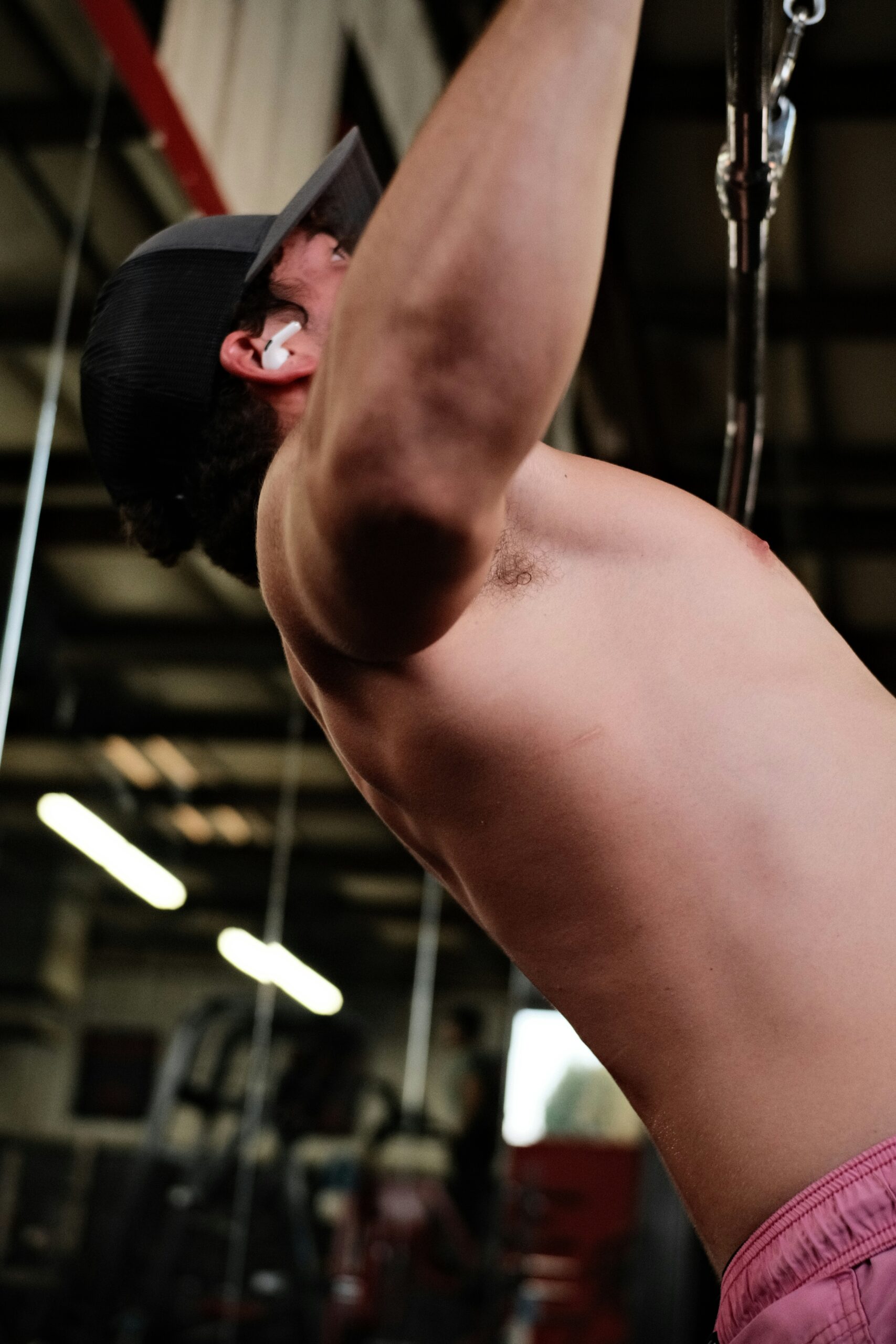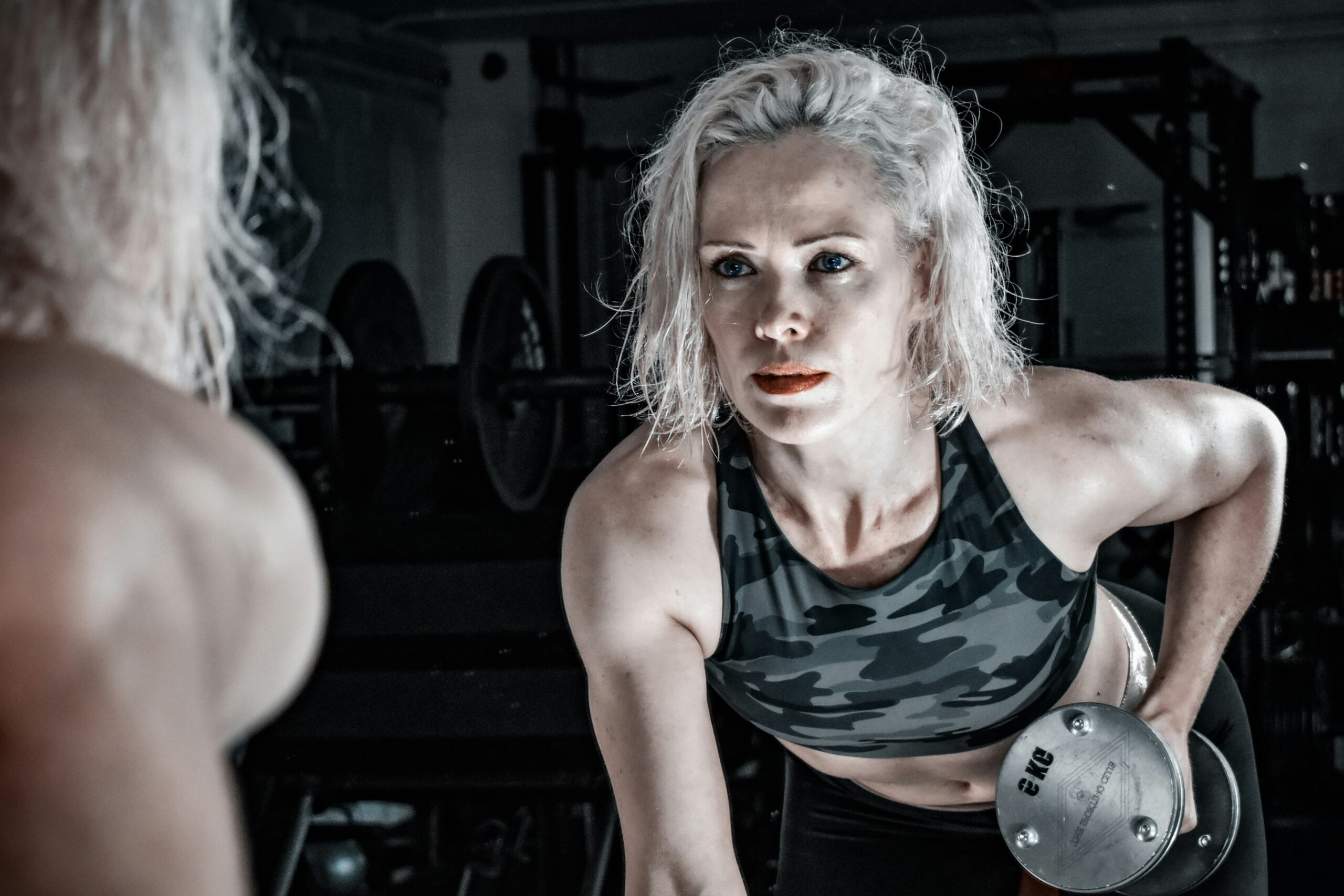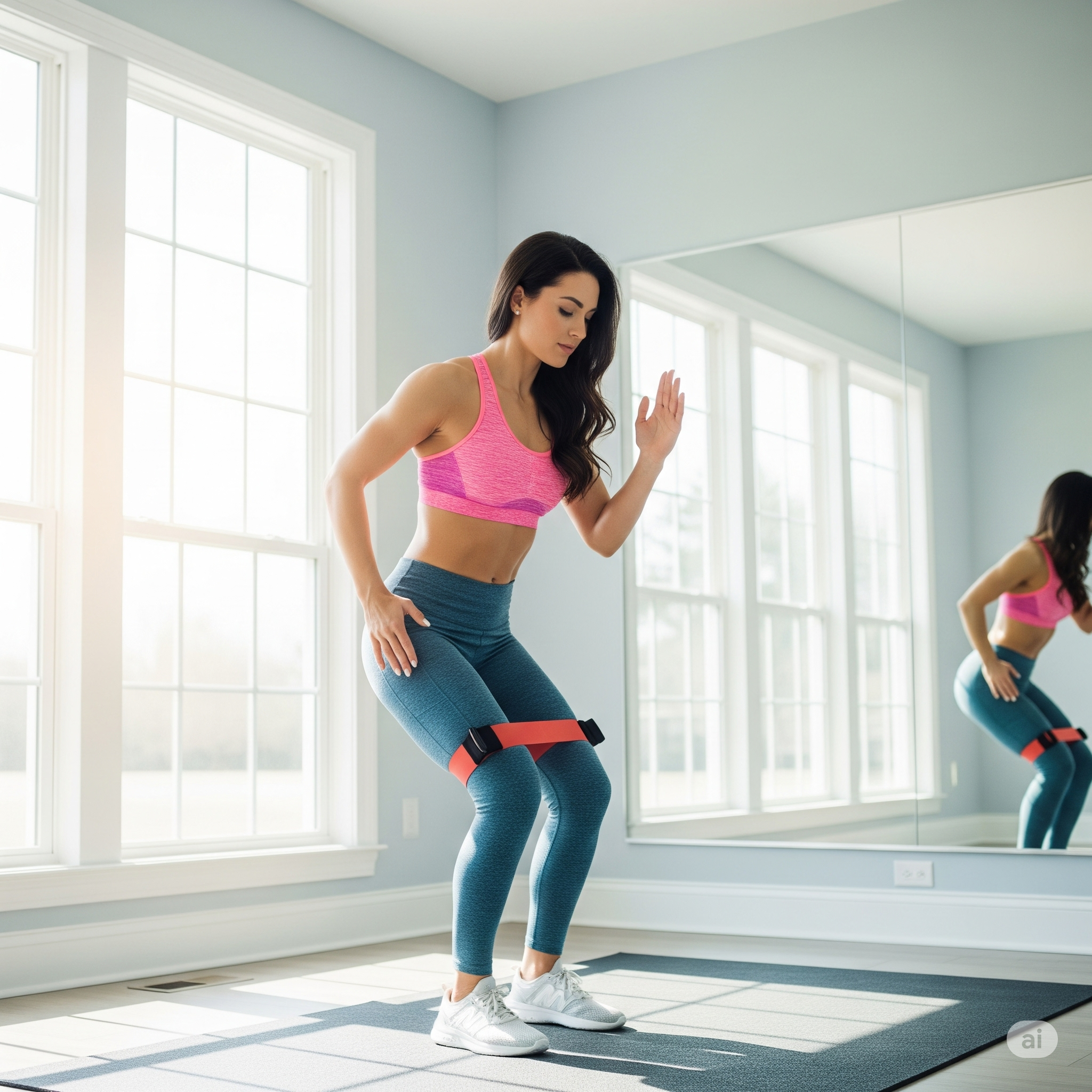Understanding Upper Body Mechanics
The biomechanics of the upper body play a crucial role in ensuring effective exercise performance and minimizing the risk of injury. It is essential to understand how various components, such as shoulder positioning, wrist alignment, and back support, come together to enhance one’s workout experience. When the upper body is engaged correctly, not only does it lead to improved strength and functional capacity, but it also creates a foundation for safer exercise practices.
Proper shoulder positioning is foundational in upper body mechanics. When shoulders are pulled back and down, it allows for optimal engagement of the shoulder girdle, which is critical for exercises involving pushing or pulling movements. Conversely, rounded shoulders can lead to compensatory movements in the neck and spine, increasing the likelihood of injuries. Awareness of shoulder mechanics can help individuals maintain alignment, thereby enhancing performance and reducing stress on the joints.
Wrist alignment is another vital element that should not be overlooked. During exercises like bench presses or overhead lifts, the wrists must remain straight and aligned with the forearms. Allowing the wrists to bend excessively can lead to strain or even tendonitis. By ensuring proper wrist positioning, athletes can maximize their output while safeguarding against potential long-term issues.
Back support is also important, as a stable spine allows the body to effectively transfer forces during exercise. Engaging the core to maintain spinal stability is essential for controlling movements and avoiding injury. A strong core aids in stabilizing the upper body, thus promoting better form while performing various exercises, such as rows or push-ups. This interconnectedness of upper body mechanics underscores the significance of proper form in facilitating both performance efficiency and injury prevention.
Common Upper Body Form Mistakes
In the pursuit of a strong upper body, many individuals inadvertently develop poor habits that can hinder their performance and lead to injuries. Common mistakes persist in various exercises, including bench presses, shoulder presses, and bent-over rows. Understanding these mistakes is crucial for enhancing both aesthetics and function in upper body training.
One prevalent error occurs during pressing movements, where individuals tend to allow their elbows to flare out excessively. This positioning can place undue stress on the shoulders and elbows, leading to discomfort and potential injuries. Instead, maintaining a more neutral elbow position closer to the body promotes better alignment of joints and engages the chest muscles more effectively.
Another critical mistake involves grip width during lifts. A grip that is too wide or too narrow can drastically alter the mechanics of an exercise. For instance, in a bench press, a grip that is too wide can lead to shoulder strain, while a grip that is too narrow may not adequately target the chest muscles. It’s essential to find a grip that allows for optimal engagement of the intended muscle groups and maintains joint safety.
Poor posture, particularly during bent-over exercises, is another frequent issue. Rounding the back while performing movements such as bent-over rows can compromise spinal alignment, increasing the risk of injury. To counter this, practitioners should focus on engaging the core and keeping the back straight throughout the exercise. Proper posture not only enhances performance but also helps in achieving desired fitness outcomes.
By identifying these common upper body form mistakes and making necessary adjustments, individuals can enhance their workout effectiveness, reduce injury risk, and achieve their upper body fitness goals more efficiently.
Correcting Your Upper Body Form
Improving your upper body form is crucial for maximizing the effectiveness of your workouts and minimizing the risk of injury. Achieving proper alignment is fundamental in ensuring that your muscles are engaged correctly during exercises. Begin by focusing on your posture; stand tall with your shoulders relaxed and your chest open. Maintaining a neutral spine is essential, as it helps distribute weight evenly across your upper body.
A key tip to reinforce good alignment is to utilize cues that remind you of your body positioning. For instance, when performing exercises such as bench presses or shoulder presses, think about pulling your shoulder blades back and down, which can enhance stability. This activation not only helps in maintaining form but also engages the upper back muscles effectively. In addition to this, integrating exercises like push-ups and rows will not only promote strength but also improve your awareness of body mechanics.
Utilizing mirrors or video recordings is another powerful technique for self-assessment. Observing your form through these tools allows you to identify discrepancies and make necessary adjustments. When recording, pay attention to your shoulder and elbow alignment during upper body movements. This kind of feedback is invaluable; it gives you a clearer understanding of whether you are maintaining proper form during workouts.
To reinforce good form, implementing specific drills is highly beneficial. One such drill is wall angels, which helps improve shoulder mobility and reinforces the importance of maintaining a neutral spine. Another effective exercise is the band pull-apart, which targets the upper back and encourages proper shoulder positioning. By incorporating these exercises into your routine, you can enhance stability and overall upper body strength, paving the way for safer and more effective workouts.
Putting It All Together: A Sample Workout
In this section, we will outline a sample upper body workout designed to emphasize correct form while ensuring that strength and confidence are progressively built. This workout consists of five key exercises, each accompanied by a detailed overview of proper technique and crucial points to consider during execution.
1. **Push-Ups**: Begin in a high plank position with your hands slightly wider than shoulder-width apart. As you lower your body, maintain a straight line from your head to your heels, engaging your core throughout the movement. Lower until your chest hovers just above the ground, then press through your palms to return to the starting position. Aim for 3 sets of 8-12 repetitions, focusing on your elbow alignment and shoulder placement.
2. **Dumbbell Bench Press**: Lie flat on a bench holding a dumbbell in each hand, positioned at chest level. Ensure your feet are planted firmly on the ground. As you press the weights overhead, keep your elbows slightly tucked to avoid strain. Lower the dumbbells under control to the initial position. Perform 3 sets of 10-15 repetitions, concentrating on smooth and controlled movement.
3. **Bent-Over Rows**: Stand with your feet hip-width apart, holding a dumbbell in each hand. Hinge at your hips while keeping your back straight and core engaged. Pull the weights toward your hips while squeezing your shoulder blades together. This exercise can be completed in 3 sets of 8-12 repetitions. Remember to keep your torso stable throughout the row.
4. **Overhead Dumbbell Press**: Begin by standing tall with a dumbbell in each hand at shoulder height. Press the weights overhead while keeping your core engaged and avoiding excessive arching of the back. Lower the weights back to shoulder height with control. Aim for 3 sets of 8-12 repetitions, ensuring that your wrists remain aligned with your elbows during the movement.
5. **Tricep Dips**: Using a bench or sturdy chair, place your hands behind you and lower your body toward the floor by bending your elbows. Ensure that your elbows remain close to your body, and press back up to the starting position. Perform 3 sets of 10-15 repetitions. Focus on keeping your movements controlled for proper technique.
This sample upper body workout is structured to ensure that you are able to track your progress while prioritizing form. Regularly incorporating these exercises into your routine will help strengthen your upper body effectively and safely.




